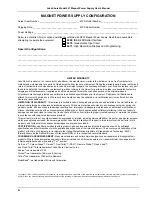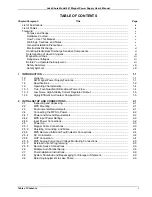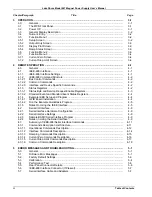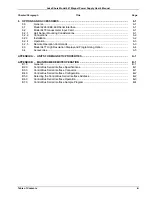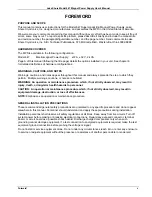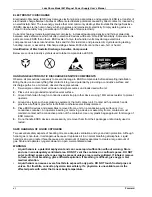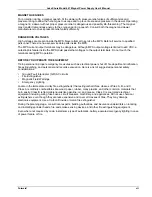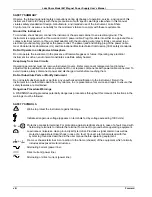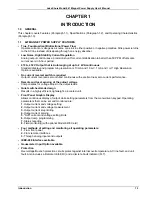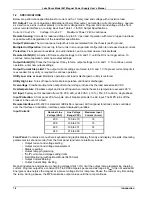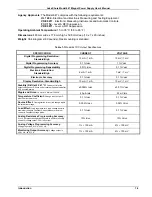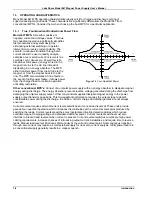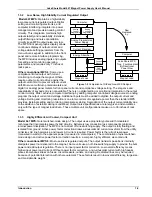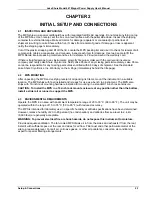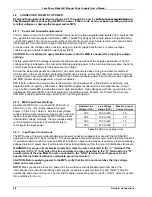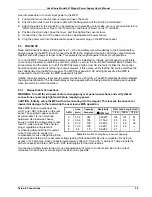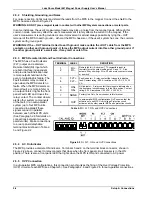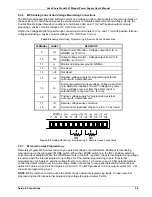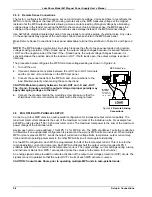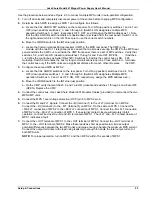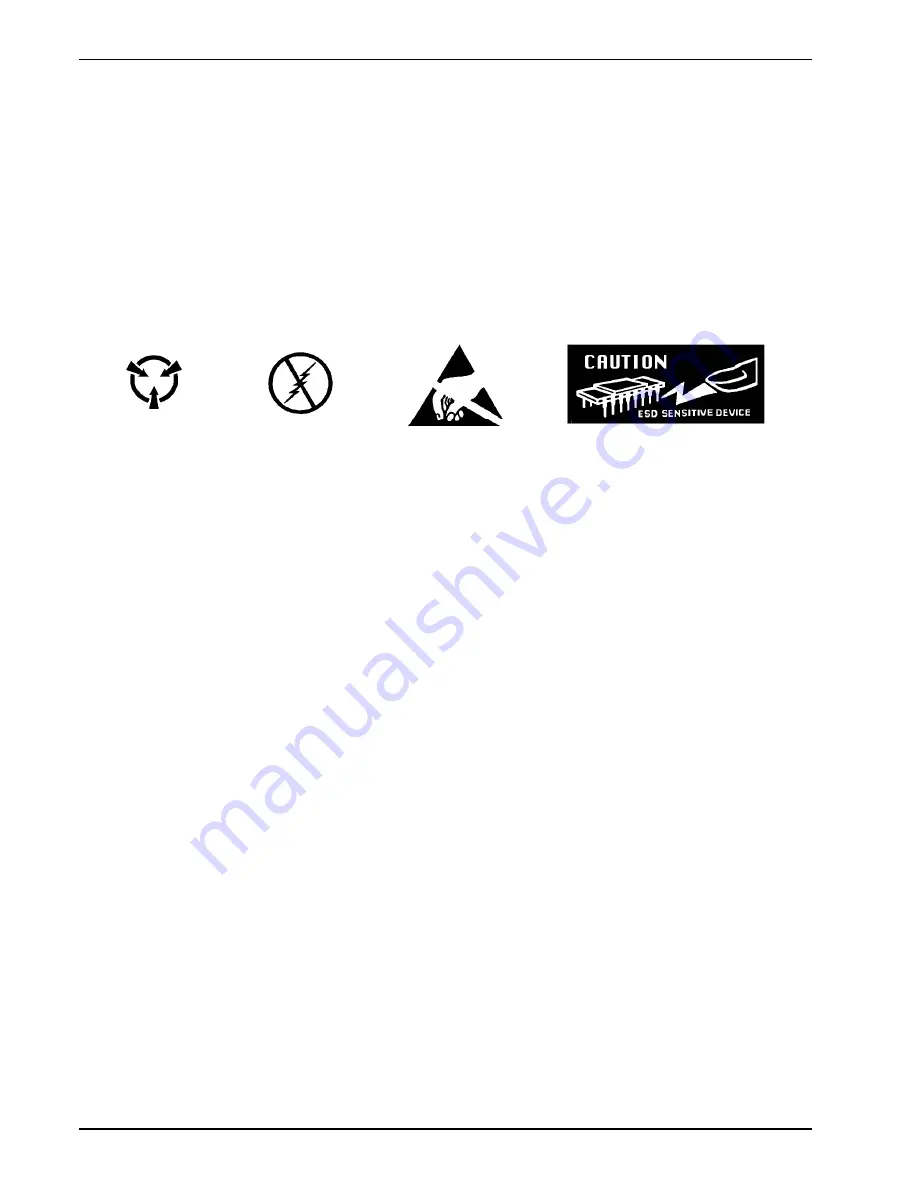
Lake Shore Model 647 Magnet Power Supply User’s Manual
Forward
vi
ELECTROSTATIC DISCHARGE
Electrostatic Discharge (ESD) may damage electronic parts, assemblies, and equipment. ESD is a transfer of
electrostatic charge between bodies at different electrostatic potentials caused by direct contact or induced by
an electrostatic field. The low-energy source that most commonly destroys Electrostatic Discharge Sensitive
(ESDS) devices is the human body, which generates and retains static electricity. Simply walking across a
carpet in low humidity may generate up to 35,000 volts of static electricity.
Current technology trends toward greater complexity, increased packaging density, and thinner dielectrics
between active elements, which results in electronic devices with even more ESD sensitivity. Some electronic
parts are more ESDS than others. ESD levels of only a few hundred volts may damage electronic
components such as semiconductors, thick and thin film resistors, and piezoelectric crystals during testing,
handling, repair, or assembly. Discharge voltages below 4000 volts cannot be seen, felt, or heard.
Identification of Electrostatic Discharge Sensitive Components
Below are various industry symbols used to label components as ESDS:
HANDLING ELECTROSTATIC DISCHARGE SENSITIVE COMPONENTS
Observe all precautions necessary to prevent damage to ESDS components before attempting installation.
Bring the device and everything that contacts it to ground potential by providing a conductive surface and
discharge paths. As a minimum, observe these precautions:
1.
De-energize or disconnect all power and signal sources and loads used with unit.
2.
Place unit on a grounded conductive work surface.
3.
Ground technician through a conductive wrist strap (or other device) using 1 M
Ω
series resistor to protect
operator.
4.
Ground any tools, such as soldering equipment, that will contact unit. Contact with operator's hands
provides a sufficient ground for tools that are otherwise electrically isolated.
5.
Place ESDS devices and assemblies removed from a unit on a conductive work surface or in a
conductive container. An operator inserting or removing a device or assembly from a container must
maintain contact with a conductive portion of the container. Use only plastic bags approved for storage of
ESD material.
6.
Do not handle ESDS devices unnecessarily or remove them from their packages until actually used or
tested.
SAFE HANDLING OF LIQUID CRYOGENS
Two essential safety aspects of handling LHe are adequate ventilation and eye and skin protection. Although
helium gas is non-toxic, it is dangerous because it replaces air in a normal breathing atmosphere. Liquid
helium is an even greater threat because a small amount of liquid evaporates to create a large amount of
gas. Store and operate cryogenic dewars in open, well-ventilated areas.
WARNING
•
Liquid helium is a potential asphyxiant and can cause rapid suffocation without warning. Store
and use in an adequately ventilated area. DO NOT vent the container in confined spaces. DO NOT
enter confined spaces where gas may be present unless area is well-ventilated. If inhaled, remove
to fresh air. If not breathing, give artificial respiration. If breathing is difficult, give oxygen. Get
medical attention.
•
Liquid helium can cause severe frostbite to exposed body parts. DO NOT touch frosted pipes or
valves. For frostbite, consult a physician immediately. If a physician is unavailable, warm the
affected parts with water that is near body temperature.


